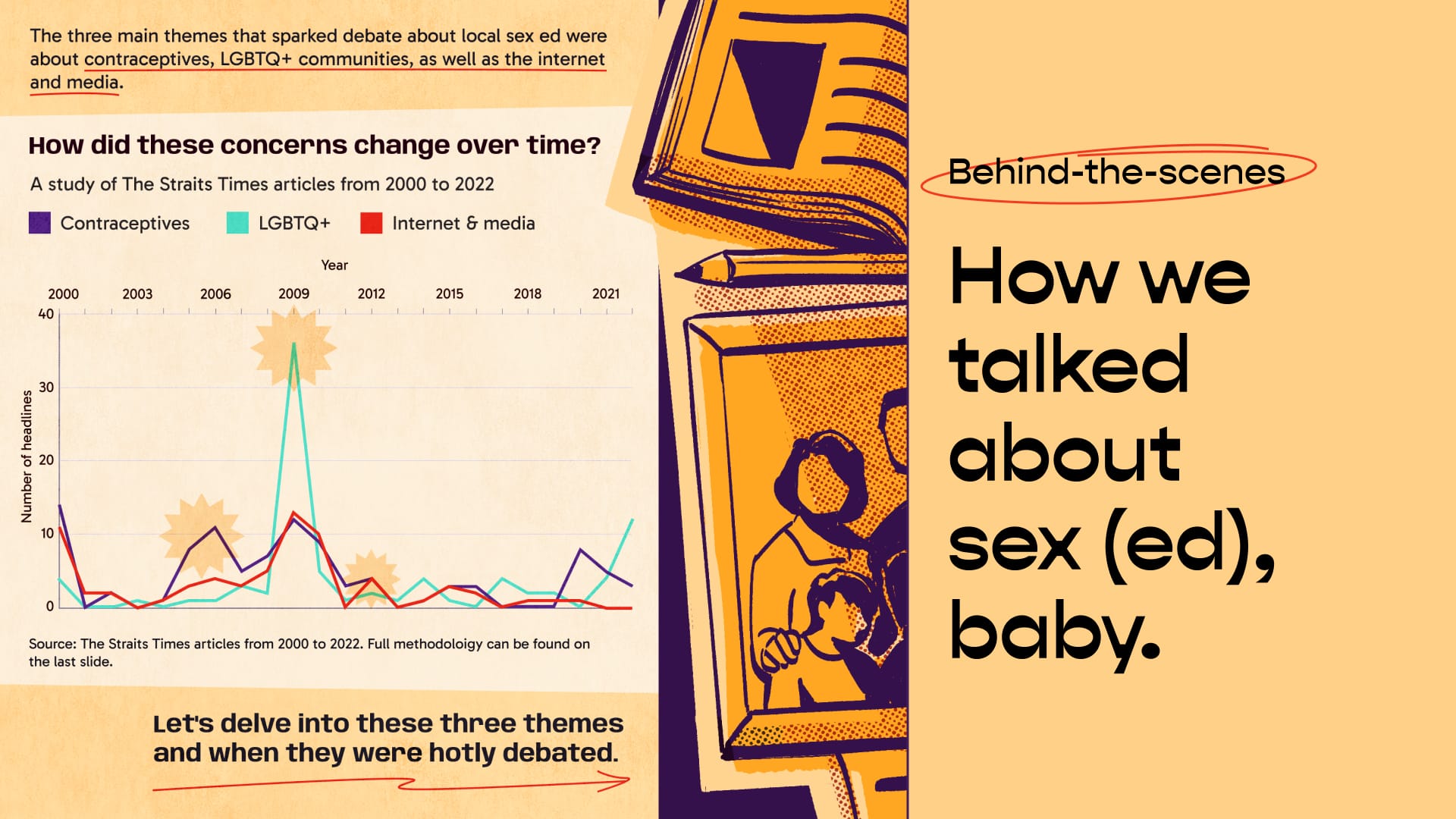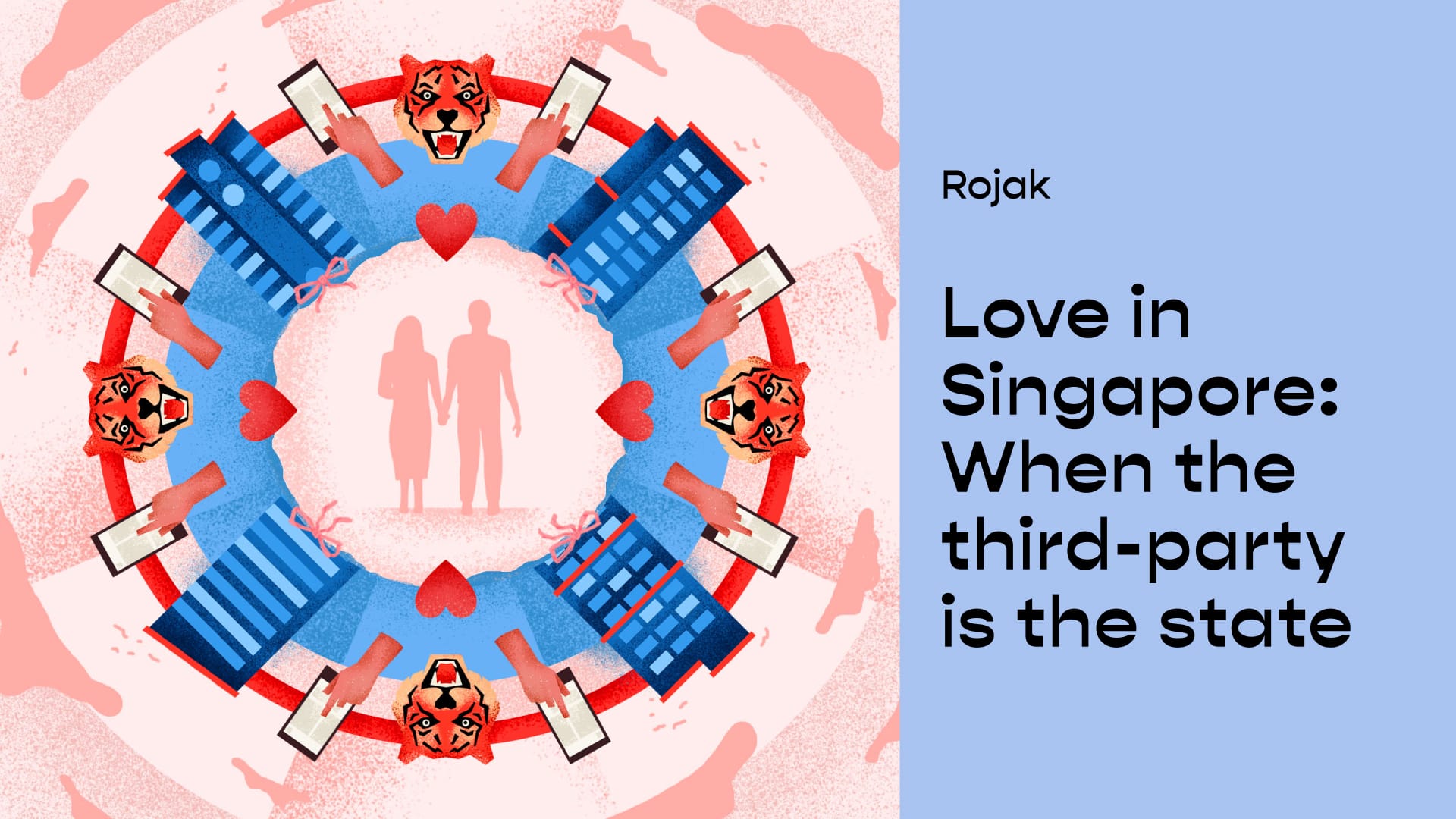
Love, interrupted — issue #52
February means many things to us. For some, it’s a month of love which centres on that special day on the 14th. For others, it’s just another 29 days, each one not any more special than the other. For those of us who celebrate Chinese New Year, it’s also the month of nosy questions from our relatives about our love lives met with awkward, polite smiles.
Is love tougher to find these days? Some Millennial and Gen Z singletons may reply with a resounding “yes”. Dating apps favour the good-looking, and have definitely made looking for a meaningful connection much harder. But I think otherwise; there’s so much—too much, in fact—to love in modern times.
Nowadays, so many things occupy our time and attention. It’s the digital age after all, when all types of media are much more accessible. My time outside of work has been taken up by a popular mobile game and I’ve very recently gained an interest in the world of Chinese dramas. From idols and entertainment shows to animation and amazing world-building games, the things we can obsess and go crazy over are innumerable.
In fact, this increased accessibility to media has created concerns that we are able to see too much. Local education has had to adapt to concerns that younger individuals may be exposed to unsuitable content, creating an urgent need to educate them on how to react to and deal with things they see online.
The way we define and look at love has also changed. On social media platforms, discussions on how to deal with society’s expectations of heteronormative relationships trend every now and then. People seem to be defining love in their own terms and finding meaning in the word that’s different from what society has come to expect.
So love might not be tough to find, as long as you’re clear about what matters most in life to you. One can feel content with the people in our lives and the things that make us happy. Romantic love might be a bit harder to discover in modern times, but an open mind might lead us to find love in ways we don’t expect at all.
Have cute and meaningful story ideas to share with us? Send them over to pitch@kontinentalist.com!

more from us...
Boys’ Love dramas are hot in some parts of Asia, but how far do they go in changing people’s views on same-sex relationships?
Want to know what Singaporeans love? Look at what they’ve queued for over the years.
BTS

How has sex education in Singapore changed over the years? In this behind-the-scenes look at our latest microstory, Samira walks us through her process of scraping data from newspaper headlines to find out the public’s opinion on sex in the last two decades and how those opinions have shaped the sex education curriculum.
Rojak

In Singapore, applying for a flat might be a bigger deal than a marriage proposal, even though it usually takes 5 years to actually live together in one. Nabilah writes about romance, "Singapore-style”—practical, heteronormative, and deeply intertwined with the state.
Stuff we love
↗ What does happily ever after look like? Writer and data analyst Alice Liang finds out in her visual exploration of romance novel covers.
↗ In “Emotions in Modern Love” we get a feel of the diverse emotions and topics from reader submissions to a New York Times’ weekly column.
Did you know?
Fight of jealousy: Puteri Santubong and Puteri Sejinjang

Several legends revolve around Puteri Santubong and Puteri Sejinjang, the two princesses whom several mountains and islands in Sarawak are named after. In one legend, when many suitors came to their village to ask for their hands in marriage, the princesses rejected them all except for Putera Mahkota Serapi (Prince Serapi). Both were in love with the prince, but unwilling to share him, and they eventually got into a violent fight. This incurred the wrath of the heavenly king, who cursed them and turned them into Mount Sejinjang and Mount Santubong, the latter resembling the silhouette of a woman’s face.




